
BOOK REVIEW OF VIGAN AND OTHER STORIES, by Cecilia Manguerra Brainard
REVIEW by: Allen Gaborro
TITLE: Vigan and Other Stories
AUTHOR: Cecilia Manguerra Brainard
PUBLISHER: ANVIL (Philippines)
Short story anthology
In “Vigan and Other Stories”, Cecilia Manguerra Brainard sets in motion a sundry compendium of cultural and historical narratives that are vibrant, dynamic, fanciful, nostalgic, and melancholic. Such narratives have become a staple of Brainard’s works. Leaping decades and continents, the narratives in what is her third collection of short stories are noted for their compelling characters and choice themes. Having mentioned just a few of the impressive virtues of “Vigan”, the one that stands out the most is how the work brings home for Filipinos a past and present idea of their collective self-identity.
Arguably a Filipina version of Virginia Woolf or, perhaps just as accurately, Isabelle Allende, Brainard’s fictional publications are marked by a balance between the public and the private, the individual and the collective, and the local and the universal. Set around the intermingling and intertwining of all these designations, “Vigan”, like her other works, was conceived by the author above all as, according to Oscar Campomanes, “an investment in the cultural development of the ancestral homeland.”
Cobbling together an enthralling ensemble of characters, Brainard sews together a heartfelt and intimate tapestry of an anthology that comes upon the reader with an exceptional perception of the human condition, especially as it pertains to women and to Filipinos. Combined with Brainard’s supple and introspective prose, “Vigan” merits comparison with other wonderful and engaging Asian American short story anthologies.
In her collection, Brainard dreams up situations, ideas, and characters that are framed by her own personal life as well as by her creative initiative. Perfectly balancing her personal reminiscences and her poetic license, Brainard’s stories become a matter of the heart, the human emotions, and of the challenges that fate has in store for people.
“Vigan” is also a historiographic piece, meaning to say that the anthology is very much a product of the author’s historical consciousness and treatment of the history that she has embedded her book in. In her story “The Artist”, Brainard, with her distinctively pensive literary voice, takes us back to the Philippines under Spanish colonial rule. Historical names and terms from this period like the Galleon Trade, Legazpi, Magellan, the Parian—or Chinese neighborhood of Manila—make cameo appearances in the story. But however brief these appearances are, they still give the plot of “The Artist” historical weight.
The very title of her book and its namesake story reaffirms Brainard’s undying fidelity to Philippine history and expansive respect for the past. “Vigan” the story is a sort of reconstruction of the author’s previous stays in the city which is located in the northern province of Ilocos Sur. Situated on South China Sea, Vigan maintains a prominent history as a major colonial-era trading post. For the purposes of Brainard’s story, the city serves as the backdrop for her story about a young girl dealing with the death of her father and with the tragic experiences of her “bad luck” mother.
With “Vigan” as an anthology, the reader comes into possession of psychologically-impacting stories that are greatly influenced by conflicted yet benevolent personalities and perspectives. Included in Brainard’s literary equation for her characters are the positives of love and renewal, the subtle reverberations of a sublime soul-searching, and a reserved spirituality that is concealed below the surface but which can nevertheless emerge just enough for the reader to draw the conclusion that some divine force in the book is being alluded to.
What reader would not be enriched in the heart and in the mind by a literary sensibility as reflective and exquisite as Brainard’s is in “Vigan”? People will certainly appreciate a good read when they see it, and the upshot of this review is that “Vigan” is exactly that: a good read. Not only that, it is a read that presents an opportunity for taking a contemplative sojourn into the Filipino historical, cultural, and social landscape on which Cecilia Manguerra Brainard’s stories rest.
ALLEN GABORRO
2011





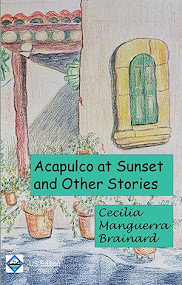



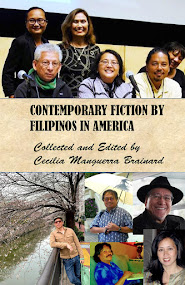
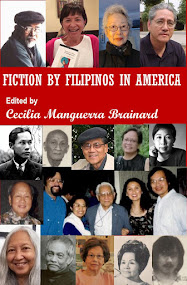



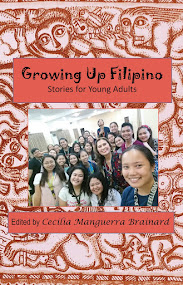
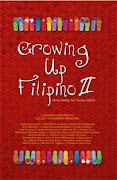


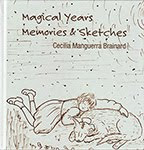


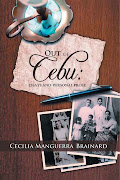



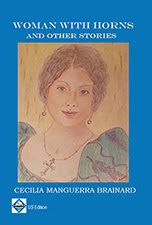

No comments:
Post a Comment